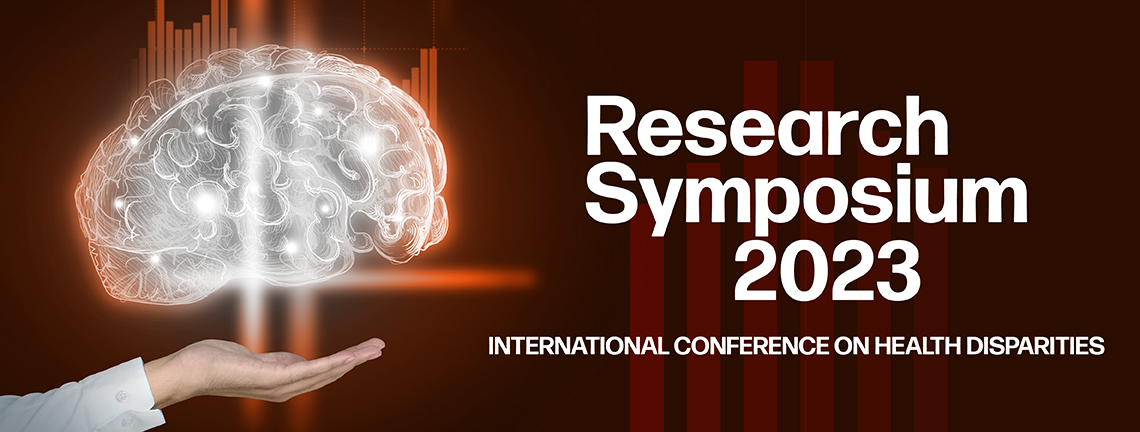
Posters
Presentation Type
Poster
Discipline Track
Biomedical Science
Abstract Type
Research/Clinical
Abstract
Background: Graphene (G) has been established as an exciting prospect for a broad range of applications owing to its remarkable properties. As the molecular structure of G itself is achiral thus introducing chirality in G by simple attachment of a functional group (a chiral ligand) on the G nanosheet may result in more diverse applications. The recent innovations of G chiral nanosystems have been extended to drug delivery. Herein, we have developed a novel and facile synthesis method for producing chiral G for its application in the chirality-dependent microRNA delivery.
Methods: L-graphene and D-graphene were produced in a single step by using chiral L-tyrosine and D-tyrosine as a stabilizing and chiral-inducing agent and applying high-temperature sonication. The chirality of the exfoliated L-graphene and D-graphene was assessed with circular dichroism (CD) spectroscopy and their structural, morphological, and surface evaluations were studied using Raman spectroscopy, transmission electron microscopy (TEM), and X-ray photoelectron spectroscopy (XPS), respectively. In addition, an attempt has been made to explore the cell viability, hemocompatibility, cellular uptake, and internalization pathway, chirality-mediated interaction, and microRNA (hsa-miR-205-5p) transfection with C4-2B prostate cancer cells.
Results: The CD spectra confirmed the chirality present in the exfoliated L(D)-Graphene. Moreover, the Raman spectrum and TEM data confirmed the formation of multi-layer graphene with asymmetric morphology and a large aspect ratio. L-graphene and D-graphene show cellular compatibility. Chiral preferential binding occurring between miR-205 and D-graphene makes them an exciting prospect for gene delivery. D-graphene exhibits superior hemocompatibility compared to commercially available transfection reagent (Lipofectamine). Cellular uptake is clearly shown by internalization of D-graphene into C4-2B prostate cancer cells. miR-205 efficient delivery utilizing D-graphene was confirmed by transfection efficiency and MTT assay.
Conclusions: Our results demonstrated that a direct approach- one-step liquid phase exfoliation-induced chirality in graphene and their selective chirality-mediated microRNA delivery.
Recommended Citation
Pranav; Ghali, Eswara Naga Hanuma Kumar; Chauhan, Neeraj; Tiwari, Rahul; Chauhan, Subhash C.; and Yallapu, Murali M., "One-step simultaneous liquid phase exfoliation-induced chirality in graphene and their chirality-mediated microRNA delivery" (2024). Research Symposium. 59.
https://scholarworks.utrgv.edu/somrs/2023/posters/59
Included in
One-step simultaneous liquid phase exfoliation-induced chirality in graphene and their chirality-mediated microRNA delivery
Background: Graphene (G) has been established as an exciting prospect for a broad range of applications owing to its remarkable properties. As the molecular structure of G itself is achiral thus introducing chirality in G by simple attachment of a functional group (a chiral ligand) on the G nanosheet may result in more diverse applications. The recent innovations of G chiral nanosystems have been extended to drug delivery. Herein, we have developed a novel and facile synthesis method for producing chiral G for its application in the chirality-dependent microRNA delivery.
Methods: L-graphene and D-graphene were produced in a single step by using chiral L-tyrosine and D-tyrosine as a stabilizing and chiral-inducing agent and applying high-temperature sonication. The chirality of the exfoliated L-graphene and D-graphene was assessed with circular dichroism (CD) spectroscopy and their structural, morphological, and surface evaluations were studied using Raman spectroscopy, transmission electron microscopy (TEM), and X-ray photoelectron spectroscopy (XPS), respectively. In addition, an attempt has been made to explore the cell viability, hemocompatibility, cellular uptake, and internalization pathway, chirality-mediated interaction, and microRNA (hsa-miR-205-5p) transfection with C4-2B prostate cancer cells.
Results: The CD spectra confirmed the chirality present in the exfoliated L(D)-Graphene. Moreover, the Raman spectrum and TEM data confirmed the formation of multi-layer graphene with asymmetric morphology and a large aspect ratio. L-graphene and D-graphene show cellular compatibility. Chiral preferential binding occurring between miR-205 and D-graphene makes them an exciting prospect for gene delivery. D-graphene exhibits superior hemocompatibility compared to commercially available transfection reagent (Lipofectamine). Cellular uptake is clearly shown by internalization of D-graphene into C4-2B prostate cancer cells. miR-205 efficient delivery utilizing D-graphene was confirmed by transfection efficiency and MTT assay.
Conclusions: Our results demonstrated that a direct approach- one-step liquid phase exfoliation-induced chirality in graphene and their selective chirality-mediated microRNA delivery.

